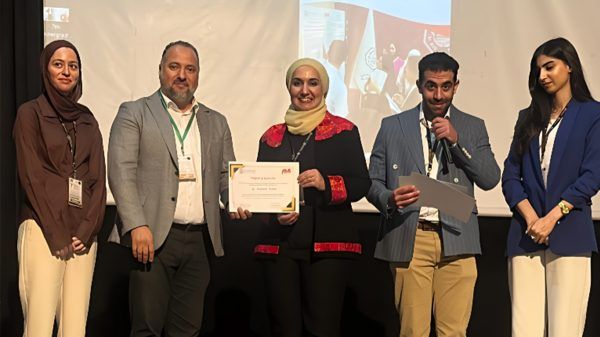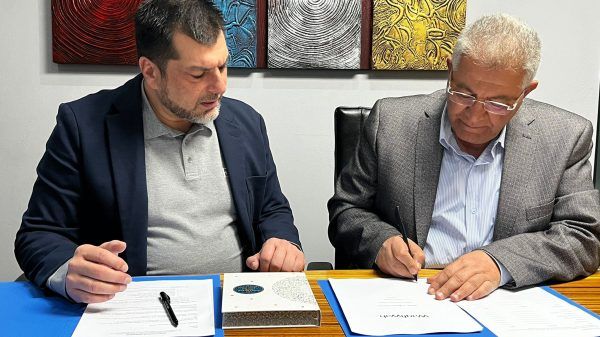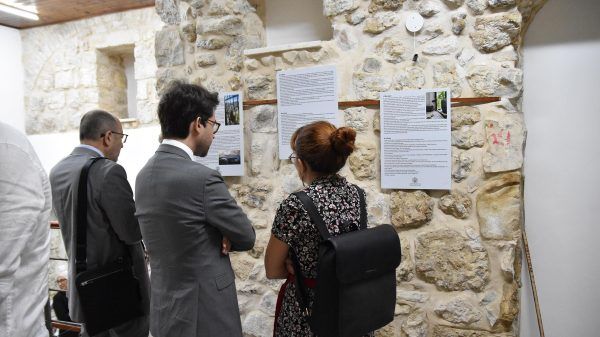Abstract:
Osteoporosis is the most common systemic skeleton illness that is characterized by reduction in bone density and increased risk of fracture. The aim of this study was to validate the IOF One-Minute Osteoporosis Risk Assessment Test which includes 18 questions (for women) to detect the risk of developing osteoporosis. Three hundred eighty postmenopausal women aged 55 years and above were recruited from various clinics for Bone Mineral Density (BMD) evaluation using Prodigy DEXA densitometer (GE Medical Systems). One hundred thirty out of the 380 (34.2%) were diagnosed with osteoporosis using the WHO criteria, 290 women completed the “IOF Arabic Version One-Minute Osteoporosis Risk Assessment Test.
The percentage of women with osteoporosis that were exposed to sun less than 10 minutes and did not take vitamin D supplement were higher than the normal control group [45.8% (38/83) vs. 23.1% (48/208), respectively, p=0.0001]. Women not exposed to sun from both groups had significantly lower mean BMD (total hip, neck and L1-L4) and higher negative T score (total hip, neck and spine) compared to women exposed to sun. However, mean values of vitamin D, PTH and other bone markers were not significantly different except for mean BMI which was slightly but significantly lower (31.0 vs. 32.5, p=0.030). Women with no exercise had higher mean bone resorption marker (CTX1) compared to women who exercised [7567±5238 (99) vs. 6201±3384 (101), p=0.03]. Women with amenorrhea before the age of 45 years had significantly lower BMD (total hip, neck and L1-L4) and significantly higher negative T score (total hip, neck and spine) compared to women without interruption of menstrual cycle before the age of 45 years. Mean bone formation marker (PINP) was significantly higher in women with amenorrhea. Both groups had BMI higher than 30 kg/m2 (obese). Women who often fell or were afraid to fall because they think they were weak had significantly higher mean CTX1 [7810±5296 (91)] compared to control group [6099±3412 (109)], p=0.009 and had lower, but not statistically significant, mean PINP (602 vs. 550, p=0.313). They also had lower mean vitamin D levels [13.0±3.62 (94)] vs. [14.8±5.01 (110)], p=0.003. However, women who often fell were older compared to controls [64.2±9.29 (140) vs. 61.3±8.21 (151), p=0.005]. More women with osteoporosis often fell compared to normal controls but was not statistically significant (56.6% vs. 44.7%, p = 0.07). Women who actually had accidents that caused broken bones had no significant differences in bone marker parameters compared to women that had not experienced broken bones except for having lower BMI (30.9 vs. 32.5) and were taller (159 cm vs. 156). Approximately, 28% of osteoporosis and normal women had accident that caused broken bones.
When the Receiver Operating Characteristic (ROC) curve was plotted using total score (total number of questions answered yes) and BMD as a gold standard, the area under the ROC curve (AUC) was 0.625 (95% CI 0.554-0.696). Based on the estimation of the likelihood ratio (LR) and the association criterion of Youden Index J, a threshold of total positive answers of 4 questions was estimated with a sensitivity of 0.71 and a specificity of 0.50 with LR+ of 1.43.
In conclusion, based on the ROC curve and the likelihood ratio, the IOF One Minute Osteoporosis Risk Assessment Test is a valid test to detect postmenopausal women with high risk of developing osteoporosis with a threshold of at least 4 out of the 18 questions answered yes.







